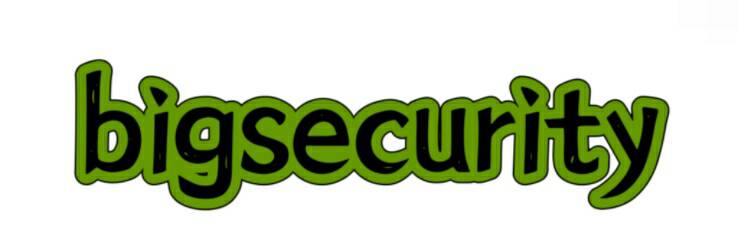Solar Power vs. Traditional: Can You Get 3 Phase?
Understanding Solar Power and Traditional Systems
When exploring the differences between solar energy and traditional power sources, a critical factor to consider is whether it is possible to utilize three-phase power. According to online sources, “three-phase power can be achieved with solar installations, but it requires specific configurations and components.” This article will examine the comparisons between these systems and the feasibility of integrating a three-phase setup in both traditional and solar energy systems.
What is Three-Phase Power?
Three-phase power represents an electrical power distribution method that employs three conductors to carry current, leading to more efficient and stable power delivery. This type of power system is prevalent in industrial environments and is used for heavy machinery. Understanding its role is vital when evaluating energy options for residences or businesses.
Three-Phase Power in Traditional Systems
Conventional power systems are typically well-equipped to provide three-phase power, as they cater to high-demand and industrial usages. The installation and setup are generally straightforward, proving to be a practical choice for large buildings, factories, or manufacturing operations.
The Role of Solar Power
Solar energy systems primarily work by converting sunlight into electricity, and they are typically set up as single-phase systems for residential needs. However, with appropriate components, a three-phase solar power configuration can be implemented, which is particularly advantageous for larger commercial installations.
Further reading:10 Questions You Should Know About Getting 3 Phase Power from Solar
Can You Get Three-Phase with Solar Power?
Yes, solar energy systems can provide three-phase power, though this necessitates additional planning and specific equipment. Here’s a guide on how to achieve this:
- Assess Your Power Needs: Evaluate whether your energy requirements justify three-phase power.
- Select the Right Inverter: Opt for a three-phase inverter capable of efficiently handling the output from your solar panels.
- Install Multiple Solar Panels: To maximize performance, arrange solar panels so they suit three-phase distribution.
- Work with Professionals: Collaborate with experienced installers to ensure the setup meets local regulations and standards.
Advantages of Three-Phase Solar Systems
Implementing three-phase solar systems offers several benefits:
- Increased Efficiency: More balanced load distribution minimizes stress on each component.
- Better Performance: Enhanced capability for managing high power loads, especially in commercial or industrial contexts.
- Scalability: Facilitates easier expansion as energy requirements increase.
Conclusion
Deciding between solar power and traditional energy sources involves thoroughly assessing your power needs and understanding the potential for three-phase systems. Solar power indeed supports three-phase setups, confirming its viability as a sustainable and efficient energy option. As technological advancements continue, such systems are likely to become more accessible, presenting enhanced choices for consumers.
For more information, please visit can you get 3 phase from solar, solar inverter from china, ac dc ratio in solar.

